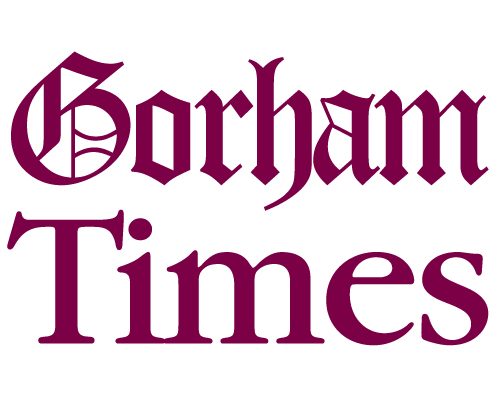The Gorham Times readers’ poll on the Turnpike Connector project has concluded, and the votes strongly favored the “No” position. Altogether, 83 people voted. On the first question “Do you support the Maine Turnpike Authority’s previously announced plans to build a new four lane toll road, known as the Gorham Connector, which would connect the South Gorham roundabout on Route 114, with the Turnpike near Exit 44 in South Portland (near the Target shopping plaza)?” 67 respondents voted “No”, while 12 voted “Yes,” two voted “not sure,” and 2 did not answer that question.
The second question was “Do you believe that the construction of the new roadway would directly affect you or your immediate neighbors?”
Once again, 83 people entered a vote on this question. 61 voted “Yes”; 16 people voted no; five answered “not sure,” and one left the question blank.
The third item was: “If you do not support the project as currently proposed, which of the following options, if any, do you support as alternative ways of dealing with the area’s traffic problems?? (Alternatives B through E were summarized from comments made by project opponents, according to recent news articles.)
26 people chose the option of increasing bus service between Gorham and Portland/ South Portland.
15 people supported widening the Routes 114/22 “overlap area “near O’Donal’s.
Seven people agreed with the concept of reducing the need for the project by reducing suburban sprawl.
Three people agreed with the suggestion of reducing commuter traffic through enhanced use of tele-commute options.
Five people supported restoration of rail passenger service on the Mountain Division line from Standish to the St John St. area of Portland, even though rail passenger service was not one of the listed options.
One person suggested building the bypass along the planned route, but limiting the width to just two lanes, instead of four.
Readers could access the online poll via the Gorham Times’ website for approximately five and a half weeks (October 10th through November 15th).
This was not a scientific study. Respondents could be anonymous if they chose, and while there was no protection against duplicate responses, the responses we received were different enough to lead us to believe there were no duplicates.

